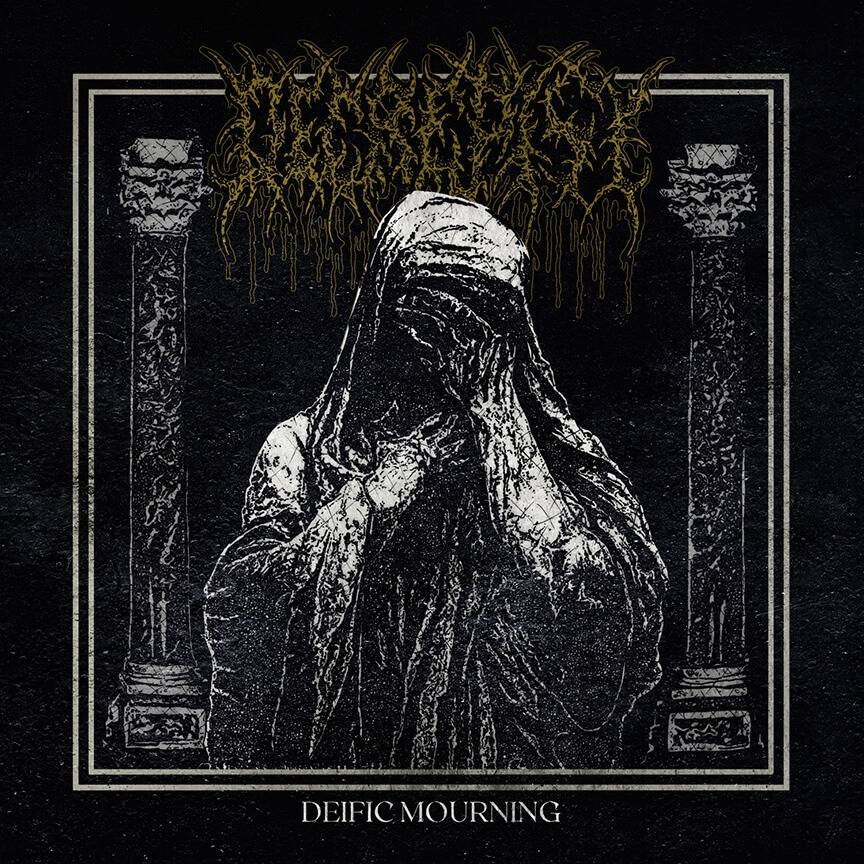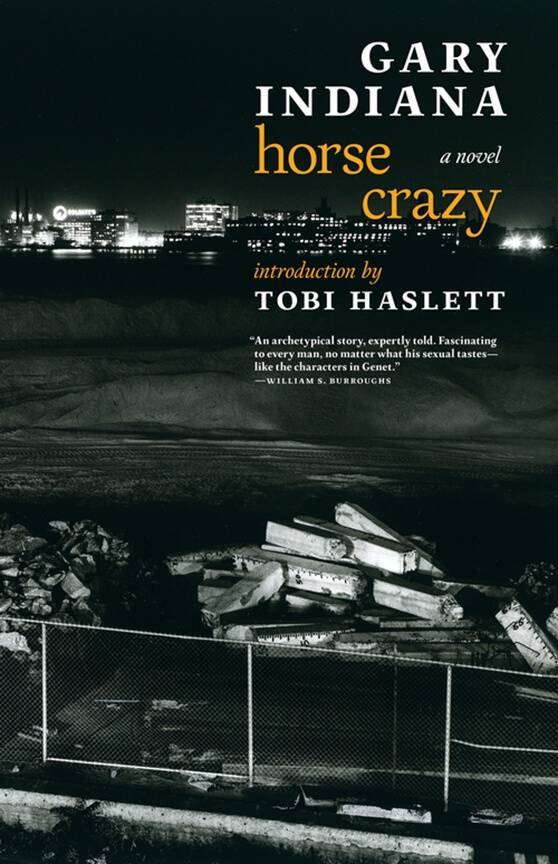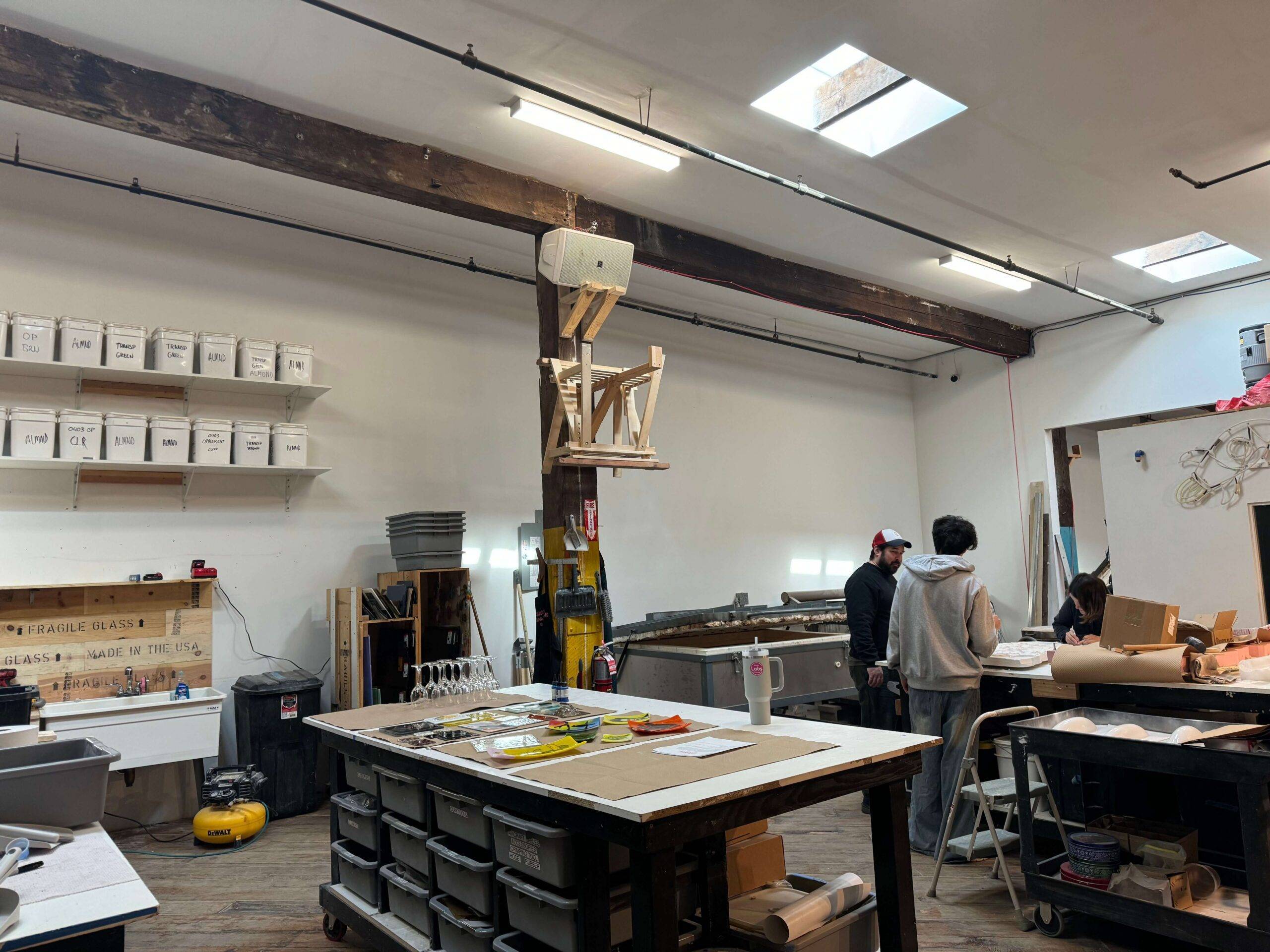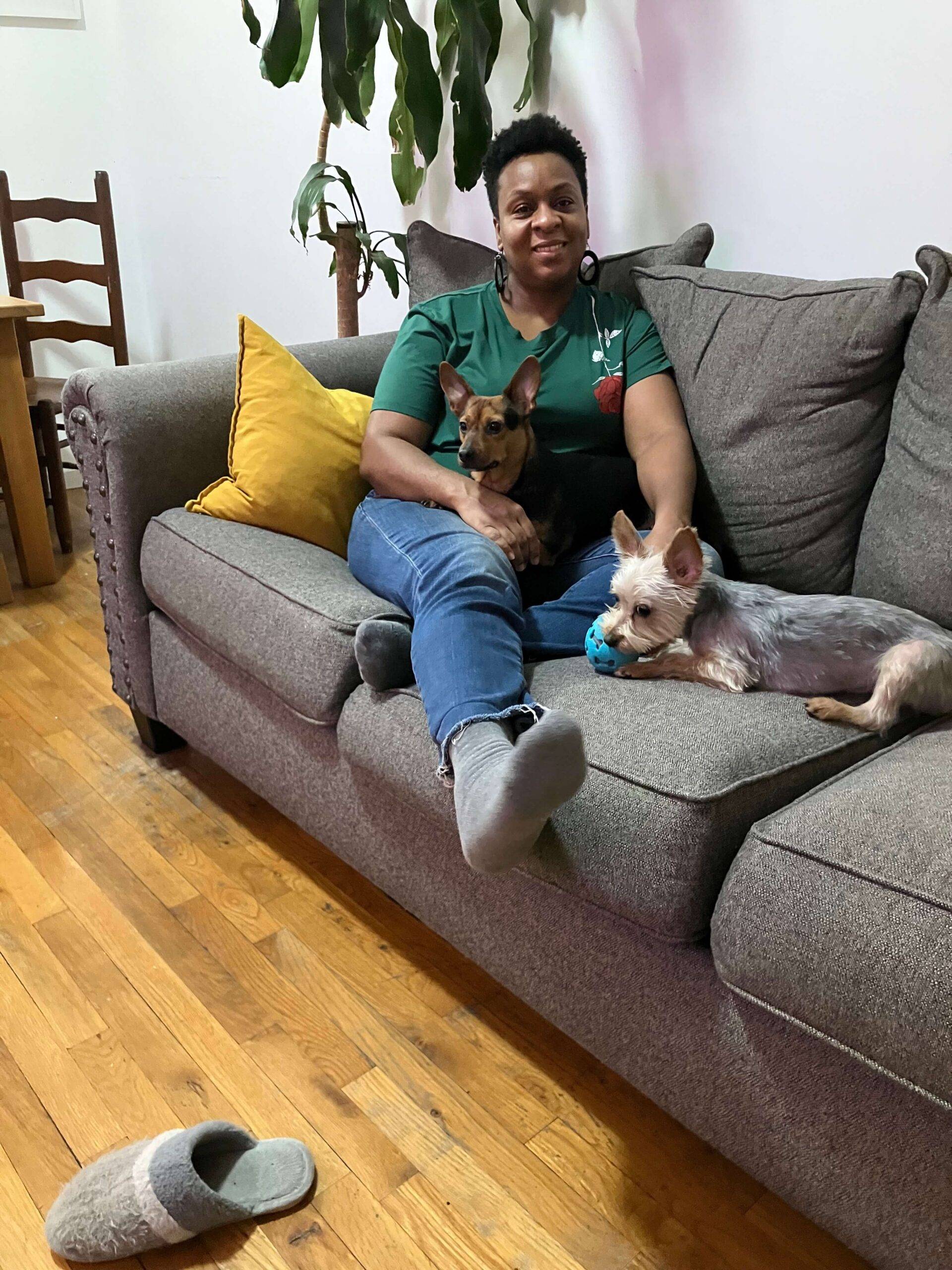Though high-profile celebrities tend to don wigs on the red carpet and in music videos, wigs have a long history throughout time, for all types of people. They’ve been around as early as Ancient Egypt, were worn throughout the Elizabethan Era and are still making headlines in 2020.
Some historical examples
Ancient Egyptians shaved their heads due to the country’s hot weather, and wigs denoted wealth, social status and religious piety. The most expensive models that were worn by pharaohs and queens, as reported by the PBS documentary series Articulate, were made with human hair and beeswax, and decorated with gold pleats, beads and ribbon.
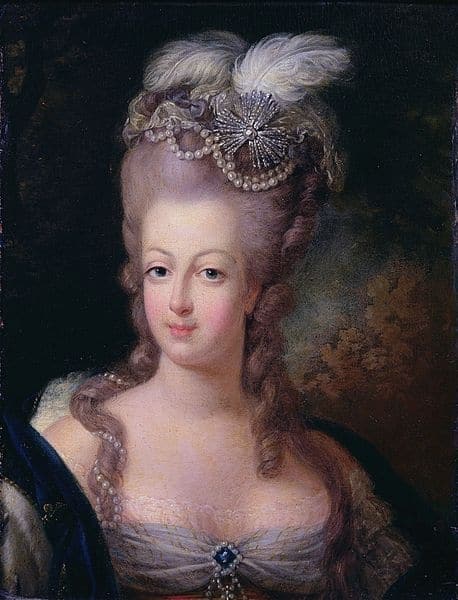
Centuries later, European royalty and their wealthy subjects preferred artificial and powdered wigs that conveyed elegance. England’s Queen Elizabeth I fashionably wore red-colored wigs to hide her graying hair. France’s King Louis XIV hired 48 wigmakers to make his long curly pieces, after he started losing his hair at 17. Marie Antoinette pioneered the pouf and coiffure looks that were decorated with feathers, ribbons and figurines that represented political themes.
During the 1960s, more than 40 percent of American women owned at least one wig and craved hair with volume and height. Many, for example, wanted to emulate the bouffant look that the Supremes wore on stage. In her 2016 “History of Wigs (Perukes) as Fashion Attire,” Dr. Yvette Mahe wrote that women would often drop off their wigs at the hairdresser to have them styled and would later pick them up at their convenience. In the early 1970s, ads in Vogue magazine showed synthetic wigs that cost as little as $23. However, the wig fad faded by the end of that decade due to the introduction and popularity of gel and mousse for natural hair.
In 2008, Interscope Records introduced the world to Lady Gaga, who often wore platinum blond wigs with blunt bangs. Nowadays, we mindlessly scroll through social media and give hearts to photos that feature the likes of Cardi B, Katy Perry, and the Kardashian-Jenner family, who show off their often colorful wigs as fashion accessories.
What’s responsible for this recent boom?
According to the “Hair Wigs and Extension Market – Global Outlook and Forecast 2018-2023,” released in September 2018 by Research and Markets, North America dominated wig sales in 2017, with its market share increasing at a compound annual growth rate of more than 12 percent during the forecast period. Still, the global hair wig and extensions market is skyrocketing at an annual rate of nine percent and is expected to reach revenues of more than $10 billion by 2023, thanks in large part to rising economies such as China and India.
This development is partially due to the aforementioned popularity and growing persuasiveness of wigs among entertainers. For instance, the New York Times reported in 2017 that high-definition cameras had created the “need for a more convincing illusion” at the turn of the 21st century. Consequently, celebrity wig stylists like Hadiiya Barbel focused more on density and perfect, balanced hairlines.
“Consumers see public figures online, through media, experimenting with their looks, and debuting looks that help them stand out,” said Lisa Feierstein, Senior Trend Strategist at TrendWatching’s New York office. “Consumers, of course, also want to stand out amongst their peers. So in turn, consumers get inspired by celebrities and feel permitted to play around with how they present themselves to the world, too.”
Another reason for the wig boom is hair loss experienced by those who have alopecia and cancer. However, industry experts have also found that baby boomers are purchasing and wearing human hair wigs to look younger.
“While the obvious benefit of a wig for older women is appearing younger, a wig can also give wearers a bold, signature style that many of their younger colleagues may also be rocking,” Feierstein said. “Wigs are a convenient means of helping women express themselves, augment their brand and distinguish themselves both personally and professionally.”
Trendy wig styles at the moment
Shevy Emanuel, owner of Shevy Wigs in Midwood, Brooklyn, has seen a particular surge of customers in the 45-plus age range. She’s found that there are five major trends currently displayed on mannequins and on the heads of wig-wearers of all ages.
- Minimalist look – While people used to want fullness, height and body with their wigs, now net-made wigs are ultra-flat, lightweight, thin and flexible. This look is commonly seen with the Kardashians: straight, unstyled strands, resting close to the head with a defined middle part.
- Tousled elegance – Tousled, naturally wavy hair provides more style in a subtle way. “With a look that appears ‘undone,’ it screams the message that you didn’t try too hard while still appearing chic,” Emanuel said.
- Soft highlights – No matter what the color, style or length of wig, highlights in pastel and gold tones or the gently melting look of balayage, hand-painted on a slightly darker shade of hair, is super fashionable. The goal is to create and achieve soft, subtle and natural-looking sun-kissed strands.
- Curtain bangs – These kinds of bangs, which are worn on the forehead or swept away from the
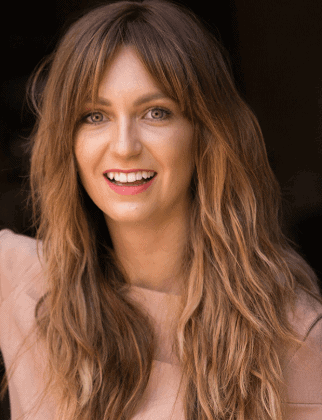
Curtain bangs. Photo from Shevy’s website. face, are making a comeback, according to Emanuel. Center-parted, long, wispy bangs conveniently allow for different looks, depending on one’s mood, and exude sophistication.
- Handmade wigs – These don’t come cheap! Today, there are custom-made options available with built-in lace fronts (which give the appearance of a natural hair line) and all-directional parts that mimic an actual head of hair. These wigs also feature ultra-comfortable, malleable, lightweight caps with single-knotted, hand-tied strands, which give the illusion of hair growing out of the scalp.
Real human hair wigs, such as the ones sold at Shevy, aren’t stagnant. This means that individuals can change up their wigs with different styles, depending on their moods, outfits of the day and any special occasions.
“All of these trends are reflective of the natural look and feel today’s consumers are after,” Emanuel said. “People have become more comfortable treating their wigs like real hair and aren’t afraid to part them any which way, braid them, put them in a ponytail or dress them up with hair accessories.”
Top photo of Queen Elizabeth I by George Gower
Author
-

George Fiala has worked in radio, newspapers and direct marketing his whole life, except for when he was a vendor at Shea Stadium, pizza and cheesesteak maker in Lancaster, PA, and an occasional comic book dealer. He studied English and drinking in college, international relations at the New School, and in his spare time plays drums and fixes pinball machines.
View all posts
George Fiala has worked in radio, newspapers and direct marketing his whole life, except for when he was a vendor at Shea Stadium, pizza and cheesesteak maker in Lancaster, PA, and an occasional comic book dealer. He studied English and drinking in college, international relations at the New School, and in his spare time plays drums and fixes pinball machines.








